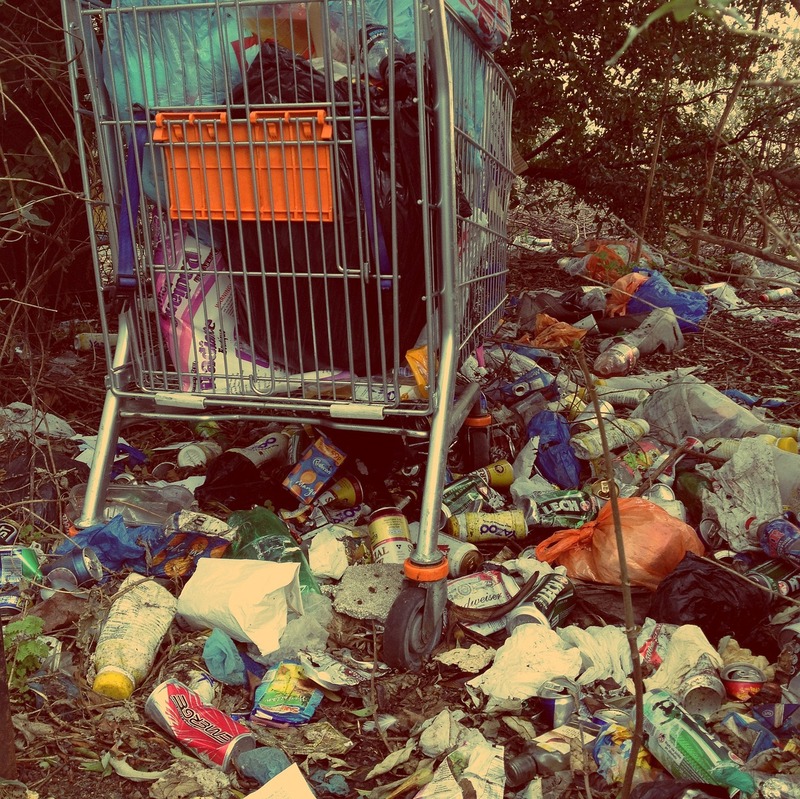CEL for Teachers’s Updates
Week 5 - A Linear Economy in a Resource Scarce World
Week 5 A Linear Economy in a Resource Scarce World
Is it possible that Economists got their stories wrong? How did we start with the Economic problem of scarcity but ended up with the drive for endless economic growth? Are there stronger models that reflect better the reality of the world we live in? Are there things we should learn from nature in the movement called biomimicry?
Economics Gone Wrong? (coombesy, n.d.)
Lesson Objective -
1. Explain the unrealisitc assumptions Economists have made regarding how our economies work
2. Define key terms: linear, circular economy, sustainability, bio-mimicry, Doughnut Economics
3. Reflect: Consider your particular field, in what ways have Economics made some aspect of your field incoherent ? (eg. when language is used not to commnuicate but to manipulate and create demand for goods and services?)(Personal Update 5 - 200 words)
4. Comment on 2 Peers' Updates (75 words using terms and ideas learned)
Pre-Session Material (please complete before synchronous sessions)
Take notes and type your wonderings at the end of this pre-session below.
Watch the following videos and consider what comment on ways these model of the economy differ from the GDP model? What are its strengths and weaknesses?
(The Story of Stuff, 2009)
Doughnut Economics (Raworth, 2018)
What Biomimicry Can Teach Us (Benyus, 2009)
References
Benyus, J.. (2009). Biomimicry in action [Video]. In YouTube. https://www.youtube.com/watch?v=k_GFq12w5WU
coombesy. (n.d.). Rubbish, Trash, Waste image. [Photo]. Pixaby. Retrieved August 2, 2023, from https://pixabay.com/photos/rubbish-trash-waste-garbage-dump-495213/
Raworth, K. (2018). A healthy economy should be designed to thrive, not grow [Video]. In YouTube. https://www.youtube.com/watch?v=Rhcrbcg8HBw
The Story of Stuff. (2009). The story of stuff. [Video]. In YouTube. https://www.youtube.com/watch?v=9GorqroigqM&pp=ygUmc3Rvcnkgb2Ygc3R1ZmYgKDIwMDcgb2ZmaWNpYWwgdmVyc2lvbik%3D
Comment: Describe 1 way these model/understanding of the economy differ from the GDP model - What are its strengths and weaknesses? What wonderings do you have?



Growth is a desirable and aspirational metric however cannot be infinite. We are learning that continuous growth is neither sustainable nor balanced. The GDP, while attempting to measure the growth of a country, falls short of multiple metrics pertaining to the livelihood or Planet Earth and the species that inhabit her. It makes sense to mimic the circularity of nature because it is sustainable and balanced to the benefit of all stakeholders. We've seen it's success in various design disciplines. I'm interested to learn more about the donut economy and how it connects with the circular economy and regenerative design. I wonder what other metrics are currently being measured by different countries. I find this very exciting.It gives me hope for the future of humanity.
The bio-mimicry model emphasizes sustainable practices that mimic natural processes, aiming to balance economic activities with environmental health. Unlike the GDP model, which measures the total value of goods and services produced and often overlooks ecological impacts and social well-being, the bio-mimicry model offers several strengths.
It promotes sustainability by reducing environmental degradation and resource depletion, encourages resilience by developing systems that adapt to changing conditions, and provides a holistic measure of prosperity by considering ecosystems, biodiversity, and human well-being alongside economic factors.
However, there are also weaknesses to consider. Implementing bio-mimicry principles can be complex and challenging, requiring significant changes in current practices and policies. Measuring outcomes is more difficult and subjective compared to the straightforward calculation of GDP. Additionally, prioritizing sustainability may slow traditional economic growth, which can be problematic in regions where some may say that rapid development is needed.
In summary, while the bio-mimicry model presents a sustainable and comprehensive approach, its complexity and measurement challenges can make it less practical compared to the simplicity and growth-focused nature of the GDP model.
I'm wonder how implementing bio-mimicry at the scale of a country is feasible?
This is an amazing video, thank you for sharing - i was really surprised to see the examples of how the natural 'wisdom' can be used in modern technology for more sustainable development. But my question is related to the first video: I wonder when the companies put the expiration date on the product is there any external legislation or authority that controls the process? Any good examples of the regulations preventing disposing products which are still good to use?
In the field of Chemistry or Science, we have invented and synthesized many useful consumer goods or products which might contain chemicals that will persist in the environment for long periods, disrupting ecosystem and potentially harming most living organism.
Tammy, i am sure we would love to hear specifics! Fascinating. What is your wondering or question then?